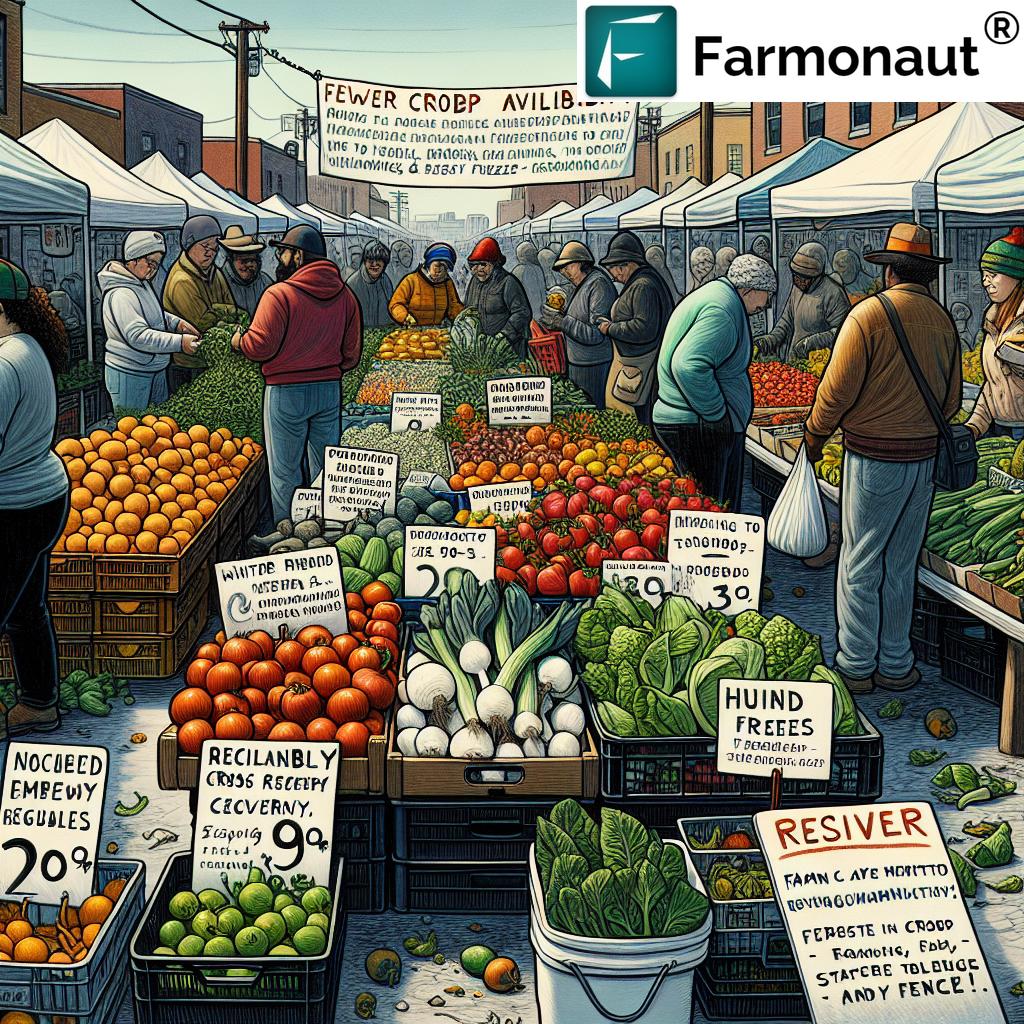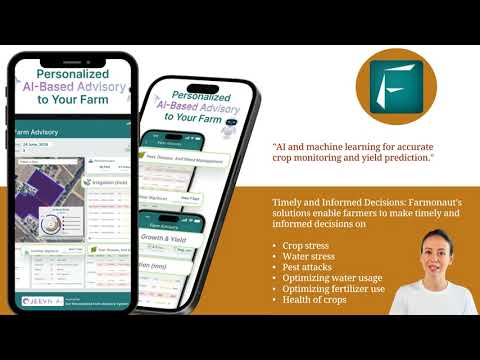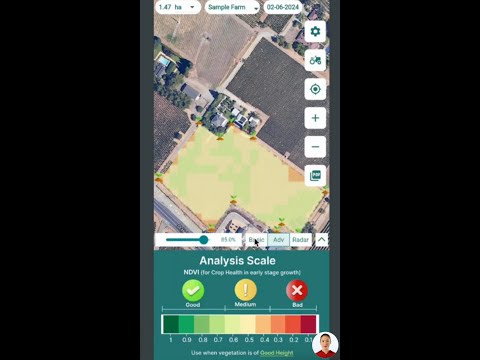Southeast Texas Farmers Grapple with Winter Freeze Impact: Strategies for Agricultural Recovery and Resilience
“The recent winter freeze in Southeast Texas caused widespread crop damage, leading to a significant drop in local farmers market sales.”
In the heart of Southeast Texas, farmers are facing an unprecedented challenge as they grapple with the aftermath of a devastating winter freeze. This severe weather event has left an indelible mark on the agricultural landscape, testing the resilience of our farming communities and forcing us to reevaluate our strategies for sustainable food production. As we delve into the impact of this freeze on local agriculture and explore the road to recovery, we’ll uncover the inspiring stories of farmers who are determined to rebuild and thrive in the face of adversity.
Understanding the Scope of the Winter Freeze Impact on Farms
The recent winter storm that swept through Southeast Texas has left a trail of destruction in its wake, particularly evident in the agricultural sector. Farmers across the region, from Kirbyville to Beaumont, have reported significant damage to their crops and livelihoods. The freeze’s effects have been far-reaching, touching every aspect of local farming operations and challenging the very foundation of our rural economy.

To better understand the scale of the impact, let’s examine a comprehensive overview of the winter freeze’s effects on various aspects of agriculture in Southeast Texas:
| Crop Type | Estimated Damage Percentage | Financial Loss Estimate | Recovery Time (in months) | Resilience Strategies |
|---|---|---|---|---|
| Mustard Greens | 90% | $500,000 | 3-4 | Cold-resistant varieties, improved irrigation |
| Citrus Fruits | 75% | $2,000,000 | 12-18 | Frost protection systems, windbreaks |
| Winter Vegetables | 60% | $1,500,000 | 2-3 | Greenhouse cultivation, crop diversification |
| Field Crops | 40% | $3,000,000 | 6-8 | Cover crops, soil health improvement |
This data illustrates the severe impact of the winter freeze on Southeast Texas agriculture, with some crops experiencing up to 90% damage. The financial losses are staggering, and recovery times vary significantly depending on the crop type. However, farmers are already implementing resilience strategies to mitigate future risks and enhance their operations’ sustainability.
The Human Face of Agricultural Loss: Bill Taylor’s Story
To truly grasp the impact of the winter freeze, we need to look beyond the numbers and understand the personal stories of those affected. Bill Taylor, owner of Taylor Farms in Kirbyville, provides a poignant example of the challenges faced by local farmers. After retiring, Taylor pursued his passion for agriculture by purchasing a farm off County Road 443, transforming a neglected plot filled with stumps into a thriving agricultural enterprise.
However, the recent storm has dealt a severe blow to Taylor’s efforts. His mustard greens, a primary source of income, were completely scorched by the freeze. The destruction is not limited to Taylor Farms; farmers across Colmesneil, Spurger, and other nearby areas are sharing similar tales of loss and devastation.
The impact on local farmers markets has been particularly severe. Taylor and his wife, who regularly sell their produce at the Beaumont Farmers Market, anticipate a drop in weekly sales of approximately four to five hundred dollars. This significant reduction in income is not just a temporary setback; it represents a long-term challenge that will require innovative solutions and community support to overcome.
The Ripple Effect: Beyond the Farm
The consequences of the winter freeze extend far beyond individual farms. The entire agricultural ecosystem of Southeast Texas is feeling the strain. Local farmers markets, a vital link between producers and consumers, are experiencing a sharp decline in available produce. This shortage not only affects farmers’ incomes but also impacts consumers who rely on fresh, locally grown food.
Moreover, the damage to crops has implications for the broader food supply chain. Processors, distributors, and retailers who depend on local produce are now facing shortages and potential price increases. This ripple effect underscores the interconnectedness of our food system and the importance of building resilience at every level.
To address these challenges, stakeholders across the agricultural sector are exploring innovative solutions. Farmonaut’s satellite-based farm management solutions offer valuable tools for farmers to monitor crop health and make data-driven decisions. By leveraging advanced technology, farmers can optimize their recovery efforts and improve their resilience to future weather events.

Strategies for Agricultural Recovery and Resilience
As Southeast Texas farmers navigate the aftermath of the winter freeze, they are implementing a range of strategies to recover and build resilience against future extreme weather events. These approaches include:
- Crop Diversification: Planting a variety of crops that have different tolerances to cold and other weather extremes can help mitigate overall risk.
- Improved Irrigation Systems: Upgrading to more efficient irrigation methods can help protect crops during freezing temperatures.
- Soil Health Management: Focusing on building healthy soils can improve crop resilience and recovery rates after stress events.
- Technology Adoption: Utilizing advanced tools like Farmonaut’s API for real-time crop monitoring and weather forecasting can aid in better decision-making.
- Community Collaboration: Strengthening farmer networks for knowledge sharing and resource pooling can enhance collective resilience.
“Despite severe weather impacts, Southeast Texas farmers are focusing on recovery and rebuilding efforts to maintain food production and ensure future sustainability.”
One of the key strategies in building agricultural resilience is the adoption of precision farming techniques. Farmonaut’s advanced solutions offer farmers powerful tools to monitor crop health, predict yields, and optimize resource use. By leveraging satellite imagery and AI-driven insights, farmers can make informed decisions that improve their farms’ productivity and sustainability.
The Role of Technology in Agricultural Recovery
In the face of increasingly unpredictable weather patterns, technology plays a crucial role in helping farmers adapt and thrive. Farmonaut’s suite of tools offers several advantages for farmers grappling with the aftermath of severe weather events:
- Real-time Crop Health Monitoring: Using satellite imagery, farmers can assess the extent of damage and prioritize recovery efforts.
- AI-driven Advisory Systems: Personalized recommendations help farmers make informed decisions about replanting and crop management.
- Weather Forecasting: Advanced weather predictions allow farmers to prepare for upcoming conditions and protect their crops.
- Resource Optimization: By analyzing data on soil moisture and crop health, farmers can optimize irrigation and fertilizer use, reducing waste and improving efficiency.
To access these powerful tools, farmers can download the Farmonaut app:
Community Support and Government Assistance
Recovery from such a significant agricultural setback requires a concerted effort from various stakeholders. Local communities are rallying around affected farmers, organizing support networks and fundraising initiatives. Government agencies are also stepping in to provide assistance:
- Emergency Loans: The USDA’s Farm Service Agency is offering low-interest emergency loans to help farmers recover from production losses.
- Disaster Relief Programs: State and federal disaster relief programs are being mobilized to provide financial assistance to affected farmers.
- Technical Assistance: Agricultural extension services are providing guidance on recovery strategies and resilience-building techniques.
- Infrastructure Improvement: Investments in rural infrastructure, including improved drainage systems and road networks, can help mitigate the impact of future extreme weather events.
Looking Ahead: Building a More Resilient Agricultural Future
As Southeast Texas farmers work tirelessly to recover from the winter freeze, there’s a growing recognition of the need for long-term strategies to build a more resilient agricultural sector. This includes:
- Climate-Smart Agriculture: Adopting farming practices that are more resilient to climate change and extreme weather events.
- Diversification of Income Streams: Exploring alternative revenue sources, such as agritourism or value-added products, to reduce reliance on a single crop or market.
- Enhanced Risk Management: Developing comprehensive risk management plans that include crop insurance and financial planning.
- Continued Technology Adoption: Embracing innovative solutions like those offered by Farmonaut to improve farm management and decision-making.
For farmers looking to leverage technology in their recovery and resilience-building efforts, Farmonaut offers a range of subscription options to suit different needs and farm sizes:
FAQs
- Q: How long will it take for Southeast Texas farms to recover from the winter freeze?
A: Recovery times vary depending on the crop type and extent of damage. Some fast-growing vegetables may recover in 2-3 months, while tree crops like citrus could take 12-18 months or more. - Q: What immediate steps can farmers take to mitigate the impact of the freeze?
A: Farmers can assess crop damage, clear affected plants, implement soil health practices, and consider replanting with cold-hardy varieties where possible. - Q: How can consumers support local farmers affected by the freeze?
A: Consumers can continue to shop at local farmers markets, participate in community-supported agriculture (CSA) programs, and be understanding of potential price increases or limited availability of certain produce. - Q: What role does technology play in helping farmers recover from extreme weather events?
A: Technology like Farmonaut’s satellite-based monitoring can help farmers assess damage quickly, make informed decisions about recovery strategies, and improve overall farm management to build resilience against future events. - Q: Are there government programs available to assist farmers affected by the freeze?
A: Yes, various state and federal programs offer assistance, including emergency loans from the USDA Farm Service Agency and disaster relief programs.
Conclusion: A Community United in Recovery
The winter freeze that struck Southeast Texas has undoubtedly posed significant challenges to our agricultural community. However, the resilience, determination, and innovative spirit of our farmers shine through even in these difficult times. As we navigate the path to recovery, the collaboration between farmers, technology providers like Farmonaut, government agencies, and local communities will be crucial in rebuilding a stronger, more resilient agricultural sector.
By embracing advanced technologies, implementing sustainable farming practices, and fostering a spirit of mutual support, Southeast Texas farmers are not just recovering from this setback – they’re paving the way for a more robust and adaptable agricultural future. As we move forward, let’s continue to support our local farmers, celebrate their resilience, and work together to ensure the long-term sustainability of our food systems.
Earn With Farmonaut: Join Our Affiliate Program
Earn 20% recurring commission with Farmonaut’s affiliate program by sharing your promo code and helping farmers save 10%. Onboard 10 Elite farmers monthly to earn a minimum of $148,000 annually—start now and grow your income!
Together, we can turn this challenge into an opportunity for growth, innovation, and strengthened community bonds. The road to recovery may be long, but with determination, support, and the right tools, Southeast Texas agriculture will emerge stronger and more resilient than ever before.







